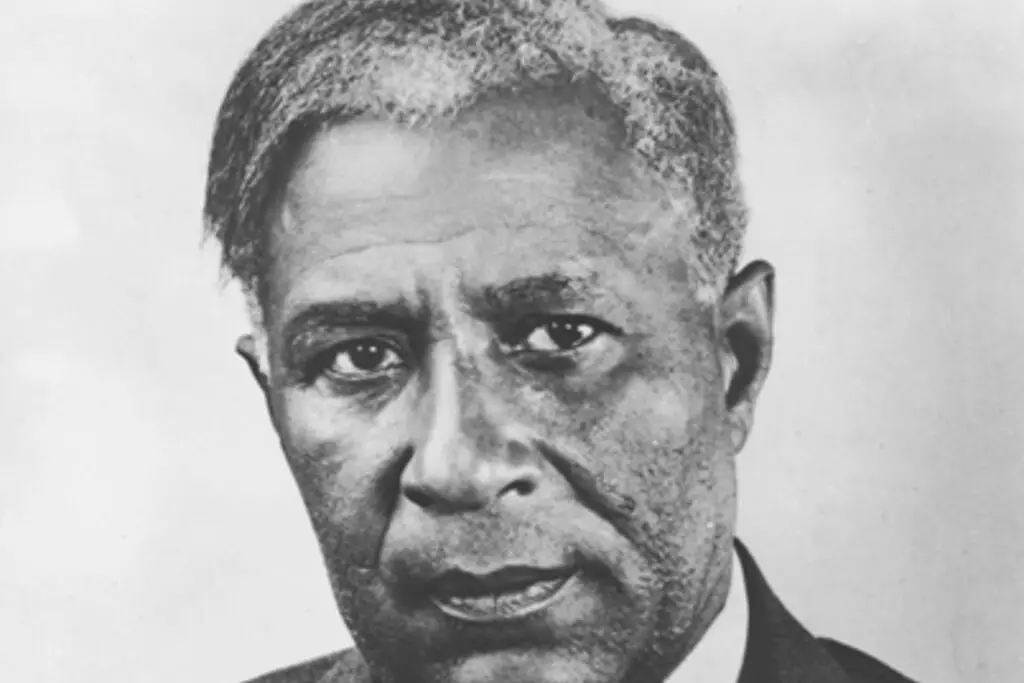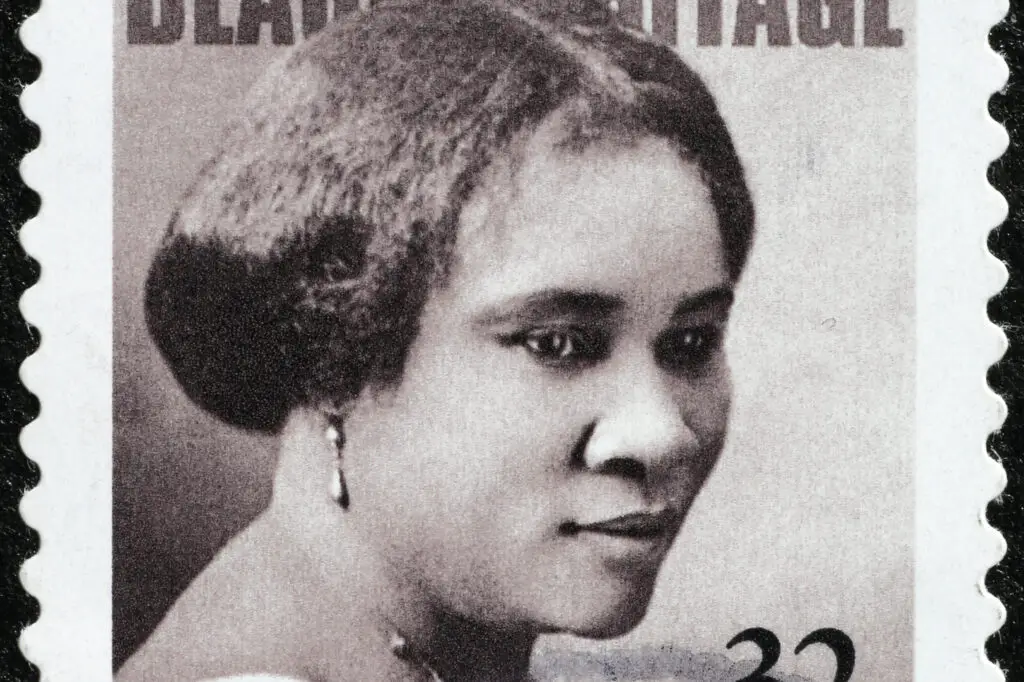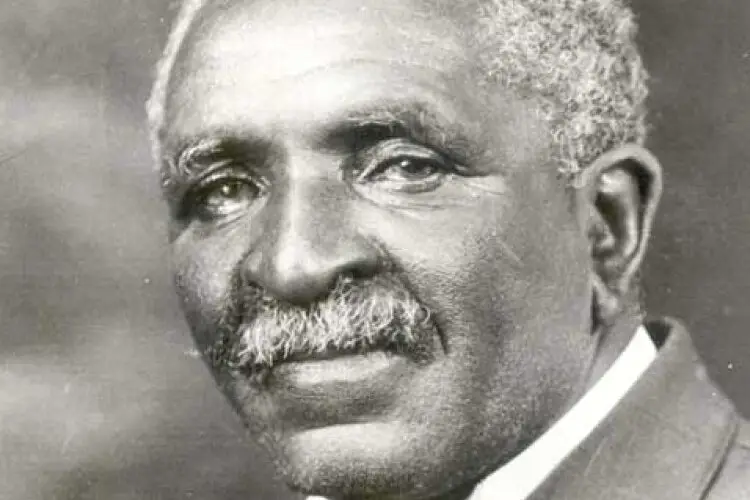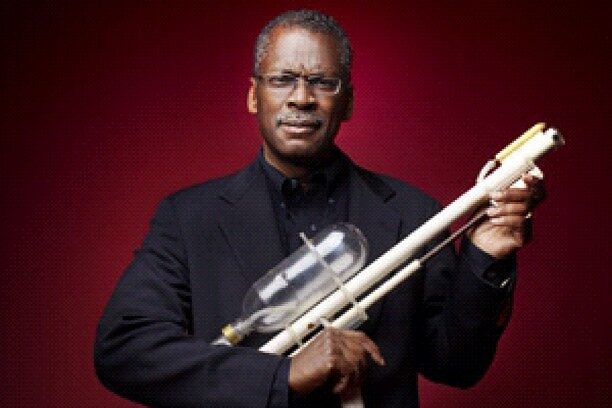1. The Revolutionary Impact of Garrett Morgan’s Traffic Light

Garrett Morgan’s traffic light is a cornerstone of modern urban infrastructure, making travel safer for millions of people every day. Before his invention, traffic management was a chaotic affair, and intersections were accident-prone zones. Morgan, a self-taught inventor, saw the need for a safer way to manage intersections. Inspired by the need for more efficient traffic flow, he designed a three-position traffic signal in 1923 that featured a “caution” light, which helped prevent accidents and made street traffic more predictable. His invention allowed drivers to understand when to slow down and prepare to stop, reducing the number of collisions at busy intersections. This simple yet brilliant idea laid the groundwork for the modern traffic signal system that we all rely on today explains the Federal Highway Administration.
Though Morgan faced racial barriers throughout his career, he pushed forward and patented his design. His innovation not only improved traffic safety but also proved to be a symbol of ingenuity in the face of adversity. As cities grew larger and traffic became denser, Morgan’s traffic light proved invaluable, revolutionizing the way cities developed their road systems. Over time, his creation has undergone many modifications, but its core design remains in use across the globe. It’s one of those inventions that most of us take for granted, but it significantly impacted urban planning, especially in larger cities. Garrett Morgan’s contribution to traffic safety, though often overlooked, continues to save lives and ease commutes to this day.
2. Madame C.J. Walker and the Hair Care Industry

Madame C.J. Walker is often hailed as one of the first self-made female millionaires in the United States, and for good reason. She revolutionized the beauty industry with her groundbreaking hair care products for Black women. In the early 1900s, African American women struggled with hair care solutions that suited their unique needs. Walker, born Sarah Breedlove, created a line of hair products designed to treat scalp conditions and promote hair growth says HISTORY. She was determined to offer a solution to the widespread hair problems in Black communities, and her formula for a scalp treatment became a game-changer. This product, which she marketed as “Madam Walker’s Wonderful Hair Grower,” became the foundation of her empire.
Her impact extended far beyond just selling products—she empowered countless women by offering them job opportunities in a time when few African Americans had access to financial independence. Walker developed a network of sales agents, training them to sell her products and even offering beauty and business education. Her entrepreneurial spirit broke barriers in a male-dominated industry, and she built a legacy of economic independence for Black women. Madame C.J. Walker’s contributions transformed the beauty world, creating space for African American women to embrace their natural beauty while also driving economic change in their communities.
3. George Washington Carver and the Agricultural Revolution

George Washington Carver’s contributions to agriculture are legendary, and his work changed the face of farming in the United States. As an agricultural scientist, Carver promoted crop rotation to replenish the soil’s nutrients, which helped sustain the land and improve the yields of farmers. He recognized that planting cotton year after year depleted the soil, so he encouraged farmers to rotate their crops with legumes, such as peanuts and sweet potatoes, which naturally enriched the soil. Carver’s innovative ideas not only made farming more sustainable but also provided farmers with alternative crops to improve their livelihoods. His work allowed farmers to diversify their income and reduce their reliance on cotton adds Biography.
But Carver’s influence didn’t stop at crop rotation. He also developed hundreds of products from peanuts, sweet potatoes, and other crops, including dyes, plastics, gasoline, and even a type of rubber. These innovations were incredibly forward-thinking for their time, showing Carver’s ability to see potential in crops that were often overlooked. His research opened new markets for agricultural products, and his advocacy for sustainability in farming made a lasting impact on the agricultural industry. Carver’s legacy continues today, with many of his agricultural principles still being implemented to help farmers grow crops more efficiently and sustainably.
4. Dr. Patricia Bath and Laser Eye Surgery

Dr. Patricia Bath was a trailblazer in the field of ophthalmology, and her invention of the laserphaco probe revolutionized eye surgery. Before her groundbreaking work, cataract surgery was a risky and invasive procedure. Bath’s innovation allowed surgeons to use lasers to remove cataracts, a method that was less invasive and resulted in faster recovery times. She patented the laserphaco probe in 1986, and it quickly became the standard for cataract surgery. Bath’s contribution not only advanced medical technology but also dramatically improved the lives of millions of people, especially in underserved communities where access to healthcare was limited.
As the first African American woman to complete a residency in ophthalmology in the United States, Dr. Bath faced significant barriers throughout her career. But she pushed forward, and her work in eye care made her an internationally recognized figure in the medical field. Bath’s innovations in laser eye surgery changed the way we approach eye health, and her pioneering work opened doors for future generations of women and people of color in medicine. Her impact on the field is immeasurable, and her contributions continue to save vision and improve the quality of life for countless people around the world.
5. Lonnie Johnson and the Super Soaker

Lonnie Johnson’s invention of the Super Soaker water gun became one of the most popular toys in the world, but its origins are far more impressive than just being a summer pastime. Johnson, an engineer and inventor, initially worked on a project for NASA involving a heat pump, which led to the development of a high-pressure air pump. This invention, in turn, inspired him to create a water gun that could shoot water at an unprecedented range. The Super Soaker, released in 1990, quickly became a hit, and it revolutionized the toy industry by offering an innovative and exciting alternative to traditional squirt guns.
What makes Johnson’s story even more remarkable is that he managed to create this toy while juggling a career as a NASA engineer. His background in engineering allowed him to design a water gun that was not only more powerful but also safer and more durable than previous models. The Super Soaker went on to become a cultural phenomenon, selling millions of units worldwide. Johnson’s invention didn’t just change the way kids play during the summer—it also set a new standard for water toys, making water gun battles a more dynamic and thrilling experience for generations to come. His legacy lives on in the continued success of the Super Soaker franchise, and Johnson’s innovation remains an iconic part of childhood for many.
6. Otis Boykin and the Pacemaker

Otis Boykin’s invention of the improved pacemaker marked a monumental leap in medical technology, particularly for patients with heart conditions. Before his work, pacemakers were large, unreliable, and often required frequent surgery to replace the battery. Boykin, an African American inventor, developed a more efficient and durable version of the pacemaker that used a specially designed resistor. This advancement allowed the device to regulate heartbeats more effectively, ultimately improving the quality of life for people suffering from arrhythmias and other heart-related ailments.
Boykin’s innovation extended beyond pacemakers. He also contributed to the development of advanced electronic resistors that were used in various devices, including computers, radios, and missile guidance systems. His work helped make electronics more reliable and efficient, and his pacemaker invention, in particular, continues to save lives to this day. Boykin’s legacy is a testament to how one person’s ingenuity can change the course of history, providing medical advancements that have touched countless lives. His contributions continue to resonate in the medical field, especially in cardiology, where pacemakers remain a vital part of patient care.
